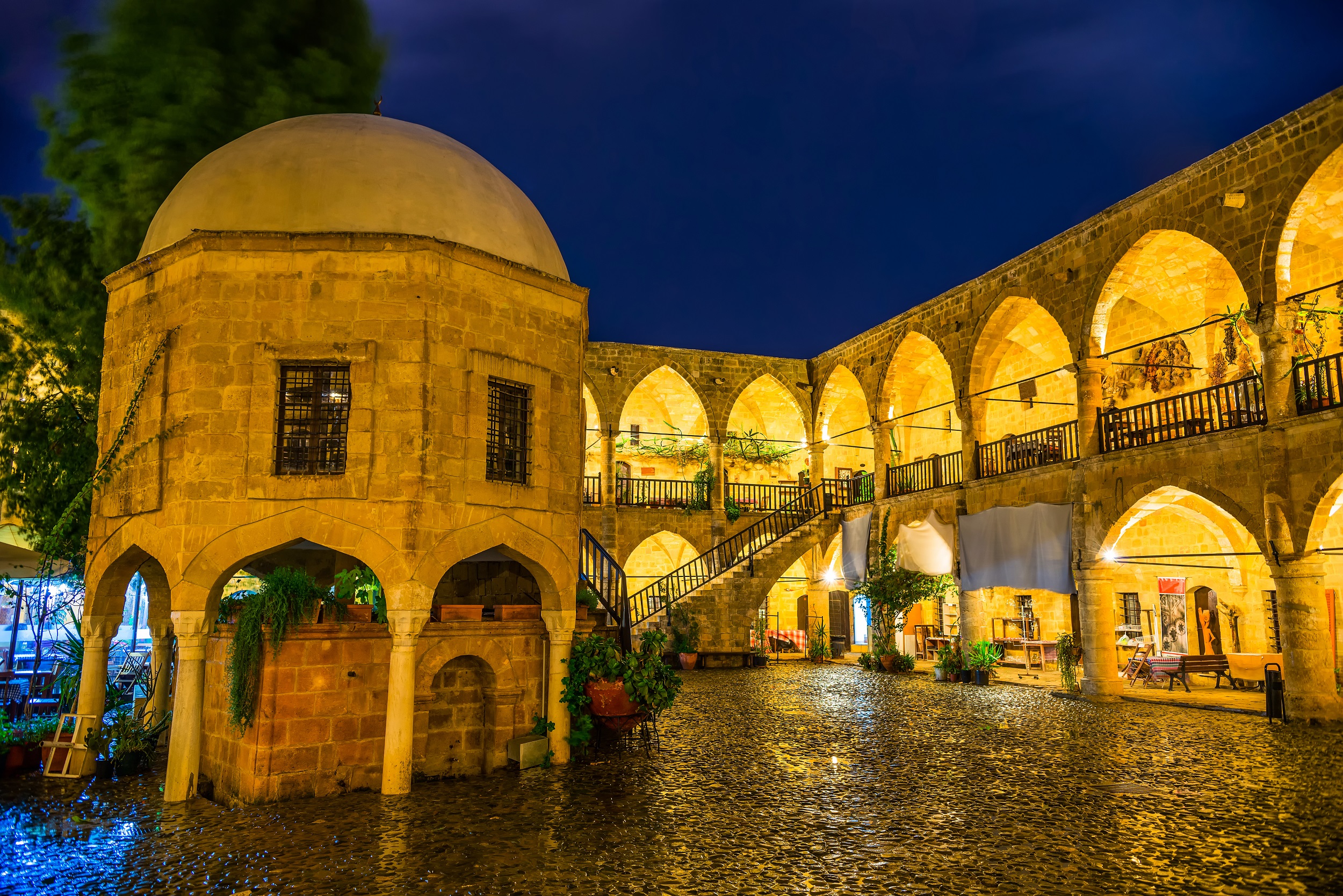
Cyprus is the third largest island in the Mediterranean. Its closest neighbours are Turkey to the north, Syria to the east, Israel, Palestine and Lebanon to the southeast, and Egypt to the south. The total surface area of the island is 9251 km2. The surface area of the TRNC is 3355 km2. The population of the country is about 350,000. The capital is Nicosia. Other districts are Famagusta, Kyrenia, Güzelyurt, Yeni İskele and Lefke. Visas are not required to visit the Turkish Republic of Northern Cyprus. The currency is Turkish Lira. The literacy rate is 99 percent, and 70% of TRNC citizens are university graduates. The Turkish Republic of Northern Cyprus is ranked 24th in the list of liveable countries in the world. A Mediterranean climate prevails. Summers are hot and dry, while winters are mild and rainy. The cars in the TRNC are right-hand drive and the traffic flows from the left.
History
The island began to be inhabited in 1500 BC and was ruled by many civilisations including the Hittites, Egyptians, Phoenicians, Romans, Ottomans and British. The island of Cyprus, which came under the rule of the Ottomans in 157, was transferred to English rule in 1878. Cyprus gained its independence in 1960. For the first time in the history of the island, a state was established with the name of the Republic of Cyprus. As a result of the development and continuation of the endless ethnic conflicts between the Greeks and the Turks, at the end of 1963, Turkey launched a Peace Operation on the island on 20 July 1974. With the intervention of Turkey, which used its guarantor right arising from international agreements, the island became peaceful again. The assembly of the Autonomous Turkish Cypriot Administration, which was established in 1974, unanimously declared the establishment of the Turkish Cypriot Federal State on 13 February 1975. On November 15, 1983, the Assembly of the Turkish Federal State of Cyprus declared the Turkish Republic of Northern Cyprus, using its right of self-determination.

Climate and Nature
The climate of Northern Cyprus is Mediterranean. The annual average maximum temperature is 25.6 ºC and the lowest average minimum temperature is 13.9 ºC. In terms of vegetation, a rich Mediterranean flora developed under the influence of the Mediterranean climate is seen. The most common tree species are pine, cypress, oak, juniper and eucalyptus. Orange, citrus, lemon, tangerine and grapefruit, various vegetables and fruits, olive and carob trees are grown. Among the 1,300 plants grown in the country, 21 are endemic. Different types of orchids and Cyprus Tulip are among the rarest plants. The vegetation is ideal for livestock. Small livestock, cattle and poultry farming are widely practiced in all regions. The coasts of Northern Cyprus are home to endangered Mediterranean sea turtles (Caretta Caretta and Chelonia mydas) during certain months of the year. Donkeys live freely in the Karpaz national park.
Traffic
The traffic in North Cyprus drives on the left-hand side.
Language
The official language is Turkish.
Currency
Turkish Lira (TL) is the currency used in North Cyprus.
Telephone
The international phone code is + 90 392. To call North Cyprus from Turkey, first dial (0 392) then the number you want to call.
Post Code
The code ‘99010” must be added to the end of post that will arrive from abroad.
For example: “Telephone Number, Name-Surname, street name, door number, region name, Nicosia, TRNC, 99010”.
| Emergency Phone Numbers | |
|---|---|
| Police | 155 |
| Ambulance | 112 |
| Fire Brigade | 199 |
| Forrest Fires | 177 |
| Dr. Burhan Nalbantoğlu Hospital- Nicosia | 0392 228 54 41-223 24 41 |
| Dr. Akçiçek Government Hospital- Kyrenia | 0392 815 22 66 |
| Gazimağusa Government Hospital- Famagusta | 0392 366 28 76-366 53 28 |
| Cengiz Topel Governtment Hospital- Lefke | 0392 723 63 29-723 63 51 |